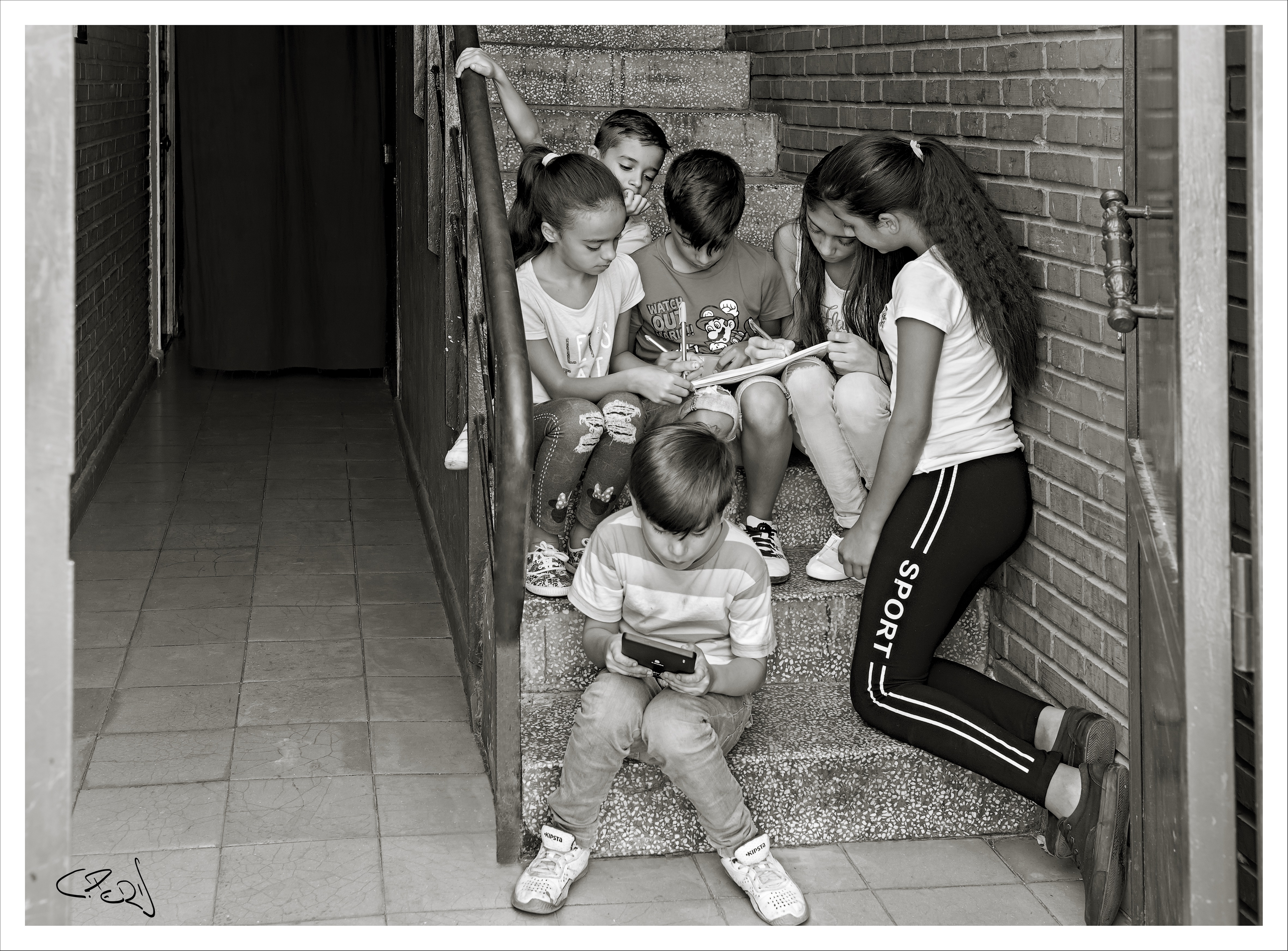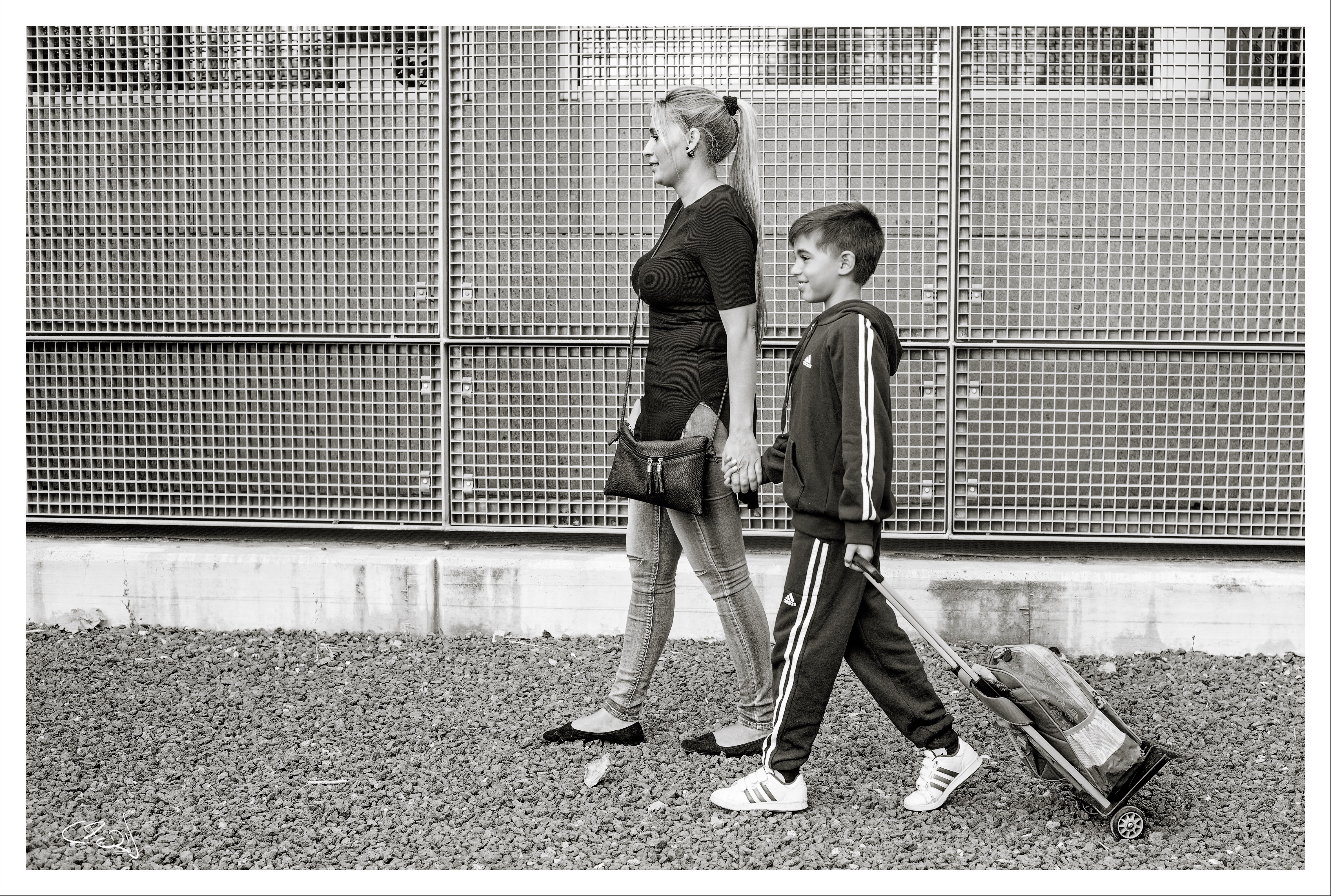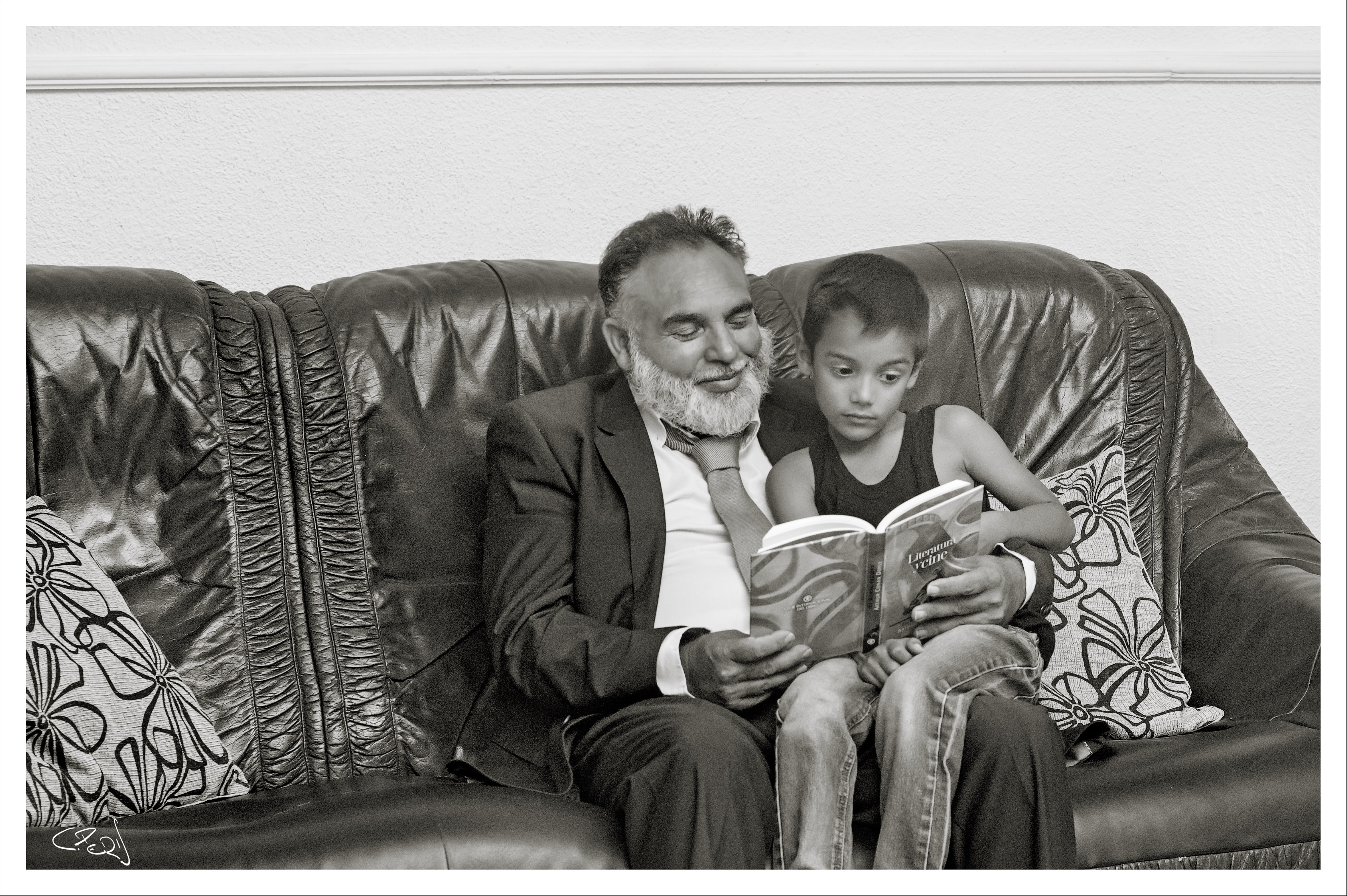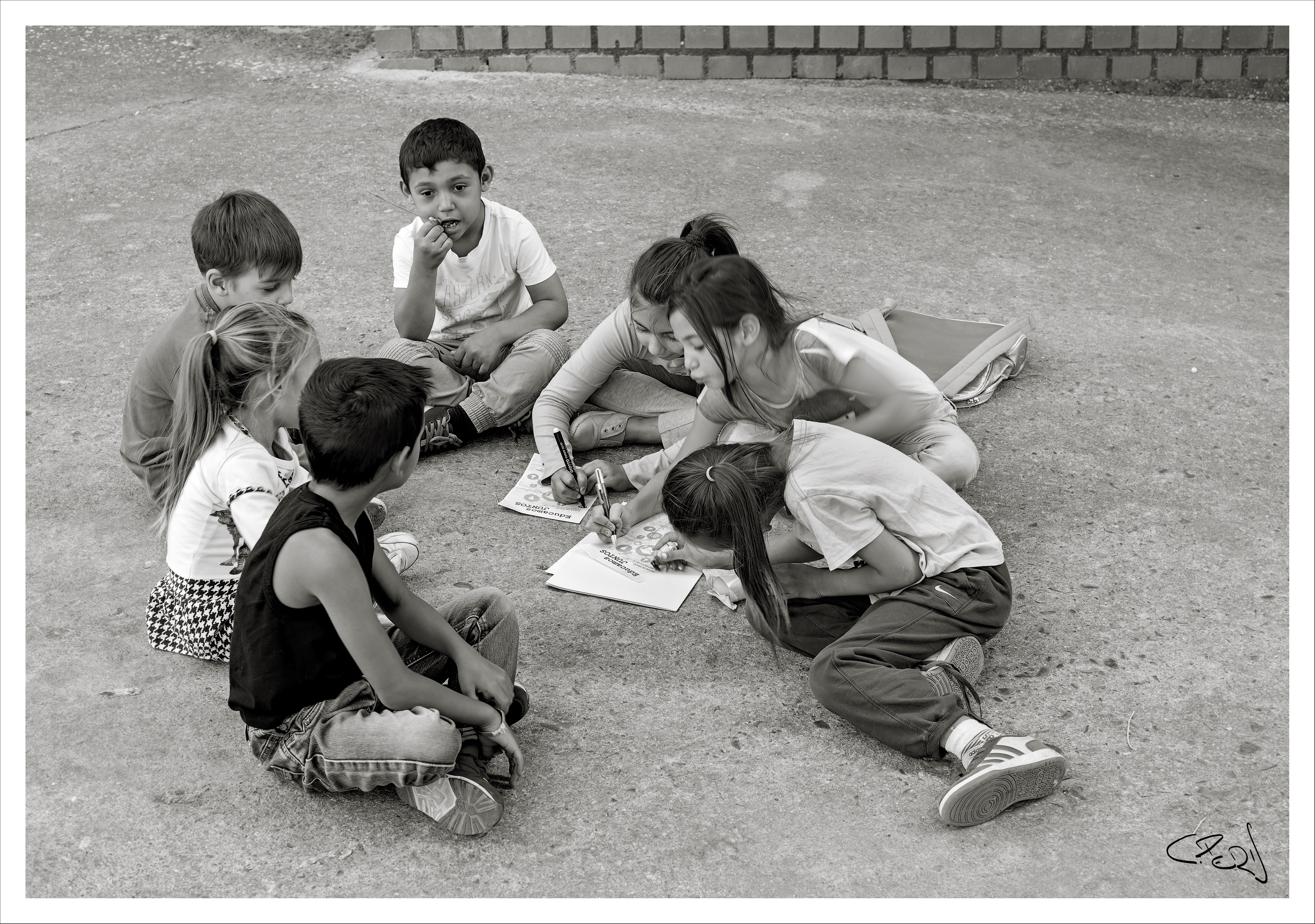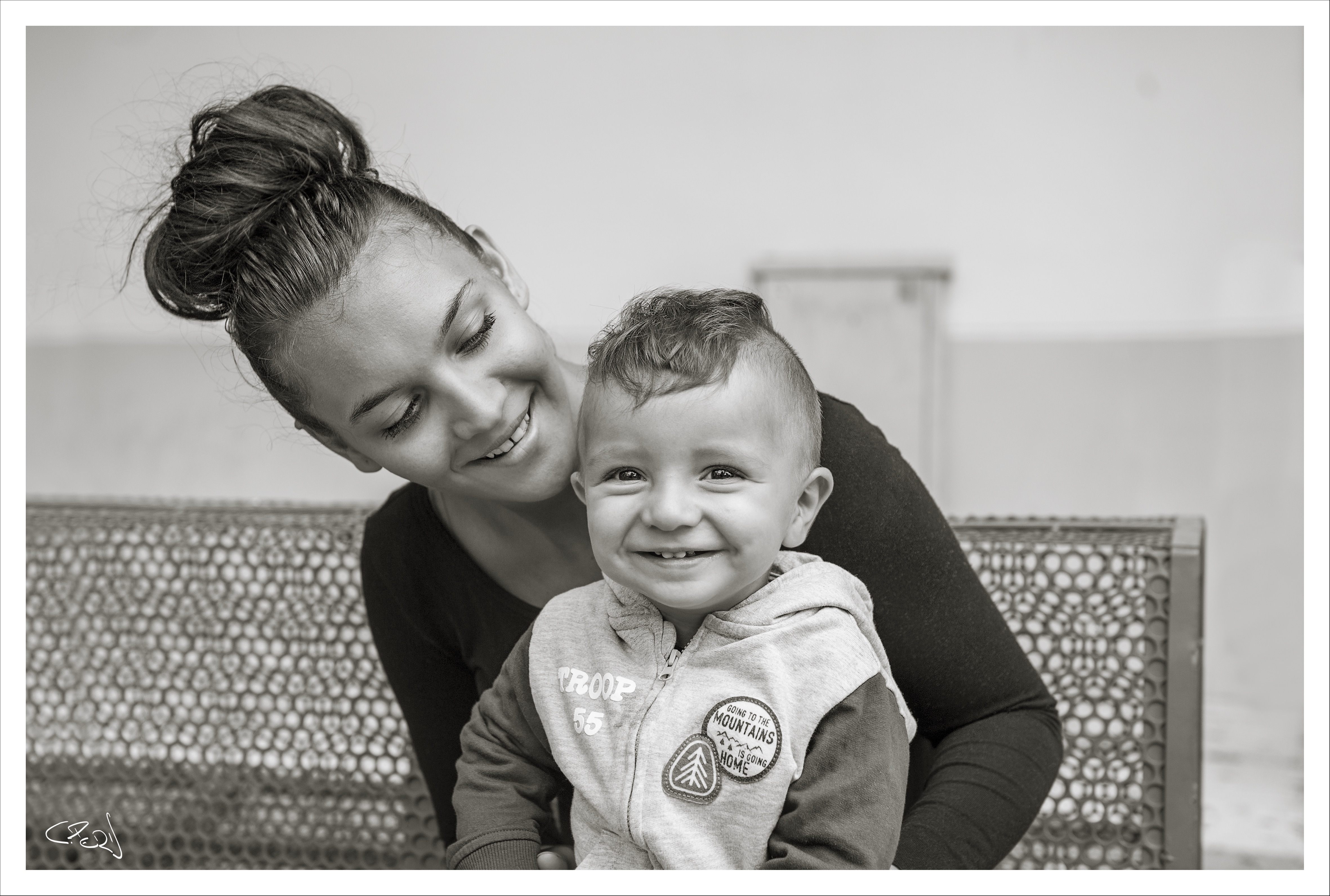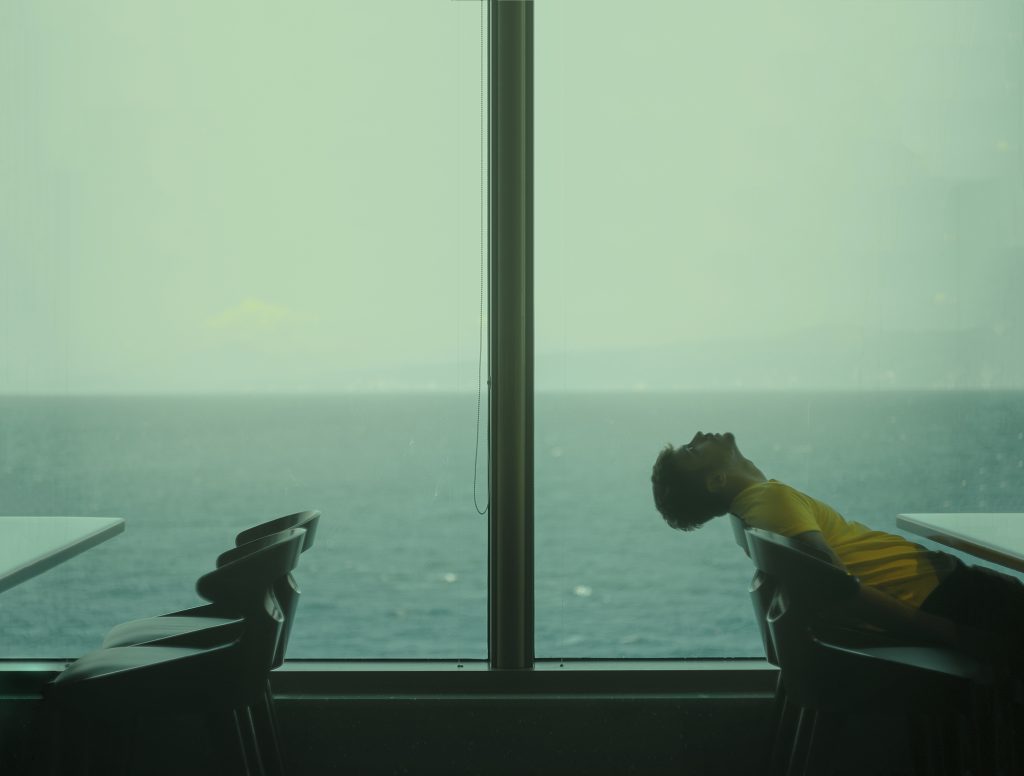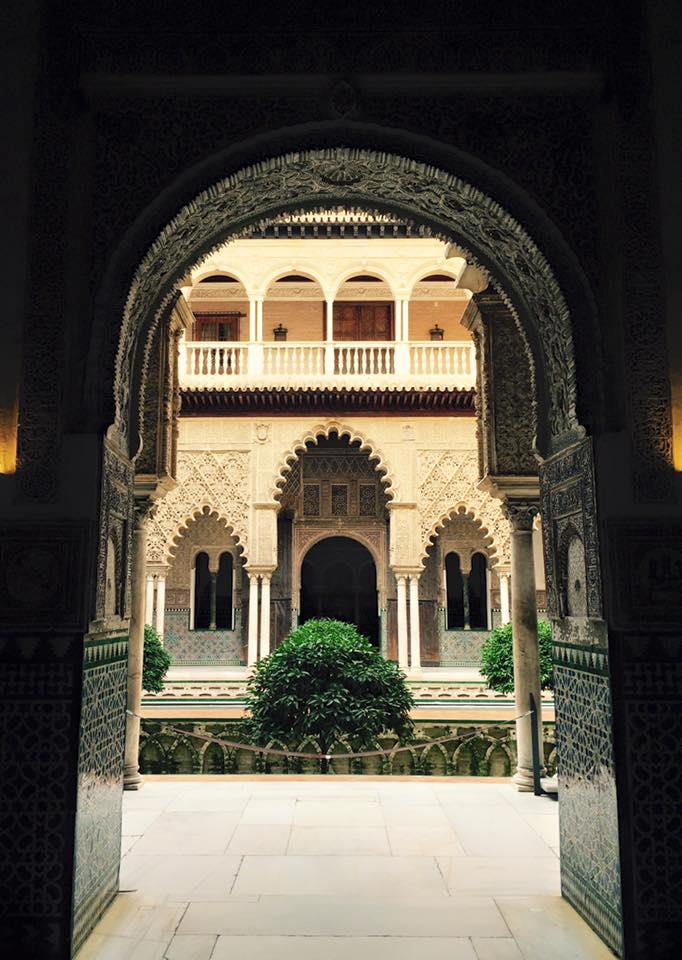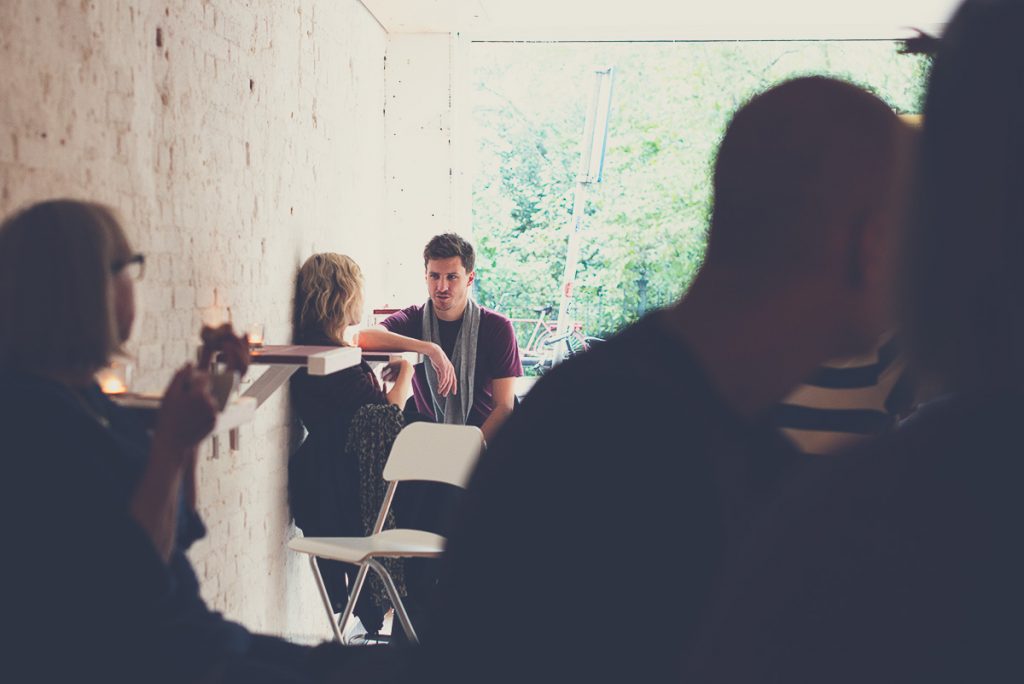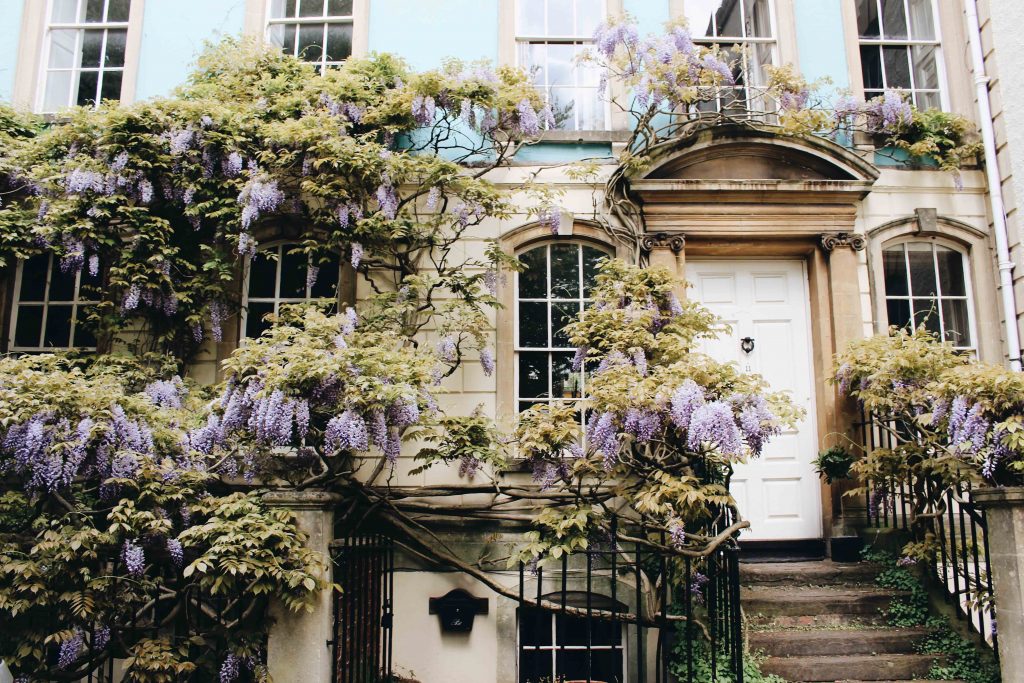The Misrepresentation of the Roma People in Popular Culture
With Trump firmly seated in the White House and certain Brexit-mentalities taking over Europe, specific minority groups are met with increasing forms of racism fuelled by aggressive and entirely misleading media headlines further maintained in popular culture. The world may have entered the 21st century preaching political correctness and tolerance, but it seems to be tangled in hypocrisy. These ideals only seem to be applied on our own doorsteps; people are reluctant to spread the message further afield for fear of judgement, and a general lack of knowledge and tolerance. As long as Muslims serve as the butt of a terrorist joke in shows like Family Guy, as long as African-Americans are gangsta-fied, these misconceptions will become further and further solidified rather than corrected.
TV is a far-reaching medium with the ability to contribute to the change of our cultural narrative by rectifying the misrepresentations of minority groups that aren’t often granted a public voice. Last year saw an uprise in TV series told from the perspective of such communities: Issa Rae’s Insecure offers an authentic depiction of the female African American experience; Jill Soloway’s Transparent celebrates the LGTBQ community; and the remake of the 80’s sitcom One Day at a Time highlights the struggles of Cuban immigrants and the cultural clashes they face within and outside of the family unit. These are the types of stories we need in order to reconnect as a society: once we begin to understand the plights and customs that make up a culture, we can celebrate our differences and the many things that unite us as humans carved from the same flesh and blood. But while many social groups are starting to find their own voice on TV and film, many continue to face the derogatory misrepresentation of their cultures and ethnicity. One such culture is that of the Roma people.
For those of you still confused as to Roma identity – well, chances are you might not know them as anything other than the term “gypsies”. In TV, literature and pop culture, they are portrayed as nomadic thieves with a strong link to the “underworld” – exotic women with colourful headscarves, big hoop earrings and long flowing skirts gazing into crystal balls; men wearing suspenders and golden jewellery plotting the next lorry heist. Shows like Hemlock Grove and Shut Eye simply offer no balance between fictional folklore for the mere sake of marketing, and the candid representation of traditions, lifestyles and beliefs. Aside from the stereotypical images of mystical fortune tellers, TV’s depiction of their religious and cultural rituals are mostly out-dated and enforce negative perceptions of Roma cultural practises, particularly in Spain.
Though the Roma community – generally known as gitanos – makes up more than a million of the Spanish population – largely in Andalusia –, it is still considered a minority group and, as such, is represented and treated accordingly. The docu-reality show Los gypsy kings on the popular channel Cuatro is a perfect example of TV mirroring the attitudes of an uninformed, prejudiced society that has reached its seemingly irreversible verdict. While it is true that Roma communities are often linked to drug trade and other crimes, it has become a stigma that has stifled equal opportunities, specifically in the realms of housing and employment. Organisations such as the Fundacíon Secretariado Gitano aim to promote the integration of the Roma community through a variety of educational and public programs, as well as campaigns designed to reinforce the importance of genuine media representation.
“Stereotypes are formed due to a lack of knowledge and real information, and a big part of it is due to the fact that the media are adamant to transmit a stereotypical image of the gitano population because, in reality, they don’t understand the intricates of their culture. Therefore, they transmit an image that normally falls into two categories: either the gitano population is socially excluded due to their being delinquent, analphabetic, hobos and generally bad people that fall into the poverty margin; or they are artists: they dance, they sing and have a real talent and passion for flamenco. And that’s it – these are the only two images the media paints of us. The problem is, this is not a realistic image, it’s partial. In reality, the segregated gitano population makes up 30% of the whole, and the population of artistic gitanos is at 5%. Therefore, in the middle of all that, 65% of the gitano population is completely invisible. These are the gitanos that do not fall into either of the two categories, the ones no one ever talks about. But this diversity within the gitano population is not acknowledged. The media only ever transmits these two simplified extremes of the gitano reality and generalizes them,” says Noelia Lupiañez from the Fundación Secretariado Gitano.
“The vast majority, these 65%, are people that are socially integrated and lead a very normal life. We are simply not visible – the media isn’t interested in us because making a reality show of our lives won’t make them any money. They are not going to make a business out of reporting our stories, so they simply continue to look for the morbid, scandalous and sensationalist stories – they are basically adapting to the social image people already have of the gitano population. In this manner, they confirm these stereotypes.”
The Fundacíon Secretariado Gitano is currently working on several campaigns that aim to change the social image of Spain’s Roma population by targeting these misrepresentations on TV and across the entire media scope. An emotional video showing the reactions of Roma people to clips from Los gypsy kings beautifully and, most importantly, realistically, conveys how hurtful these wrongful depictions of their cultures truly are. Their entire culture and ethnicity is being represented by characters and reality-show stars they cannot actually relate to, thus further reinforcing this undeniable exclusion of their own heritage. In order to fight these misconceptions, the Fundacíon has also teamed up with photographer Carlos Peris to create a calendar offering realistic images of the invisible gitano population, capturing their every-day lives in a most natural manner.
Campaigns as such are setting the ground works to change a mentality that has spanned generations, and while they are certainly effective, a larger platform is needed to reinforce this message – and no other mediums are quite as influential as TV and the media. Up until recently, issues faced by the Roma did not merit media coverage – their community only ever served for scandalous headlines. These headlines and the message of films and television series reinforcing stereotypes need to change in order to alter the cultural dialogue – and not just where the Spanish Roma are concerned, but the entire, global Roma population, all of which have suffered under the same stigmas. With the rise of independent news outlets, social media channels and streaming channels such as Netflix, Hulu and Amazon, we have entered a new era of storytelling – one that should be truthful and finally give voice to social and ethnic groups that have been the victims of racism and segregation for far too long.
Photos @Carlos Peris
